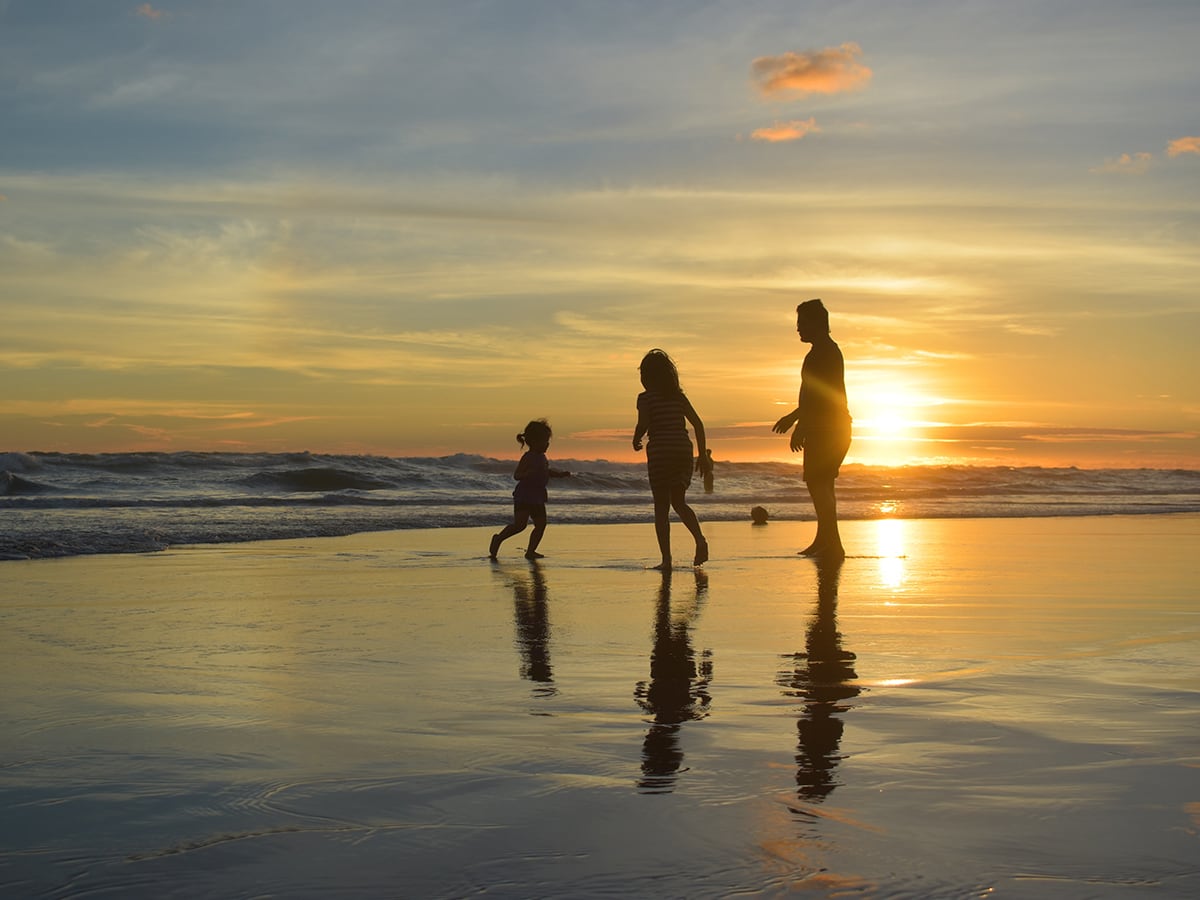Introduction
Embarking on your first family trip abroad is an exciting endeavor that promises unforgettable memories and bonding experiences. However, planning such a trip requires careful consideration and preparation to ensure the safety and comfort of your family members. From choosing the right destination to packing effectively, there are several factors to keep in mind. In this guide, we’ll walk you through every step of the process, providing valuable insights and practical tips to help you plan your first family trip abroad with confidence.
How to Safely Planning Your First Family Trip Abroad
Selecting the Perfect Destination
Choosing the right destination sets the tone for your entire trip. Consider factors such as the distance, climate, cultural attractions, and family-friendly amenities. Research thoroughly and involve your family members in the decision-making process to ensure everyone’s preferences are considered.
Setting a Realistic Budget
Determine your budget early in the planning process to avoid any financial stress later on. Account for transportation, accommodation, meals, activities, and unforeseen expenses. Look for deals and discounts to make the most of your budget.
Researching Visa and Entry Requirements
Different countries have varying visa and entry requirements. Research the necessary documents and application procedures well in advance. Ensure that every family member has a valid passport and any required visas to avoid last-minute complications.
Booking Accommodations
Choose accommodations that cater to families. Look for options that provide ample space, child-friendly amenities, and safety features. Read reviews from fellow travelers to ensure a comfortable stay.
Creating a Flexible Itinerary
While it’s important to have a rough itinerary, allow room for spontaneity and flexibility. Overplanning can lead to exhaustion and stress. Include a mix of activities that cater to both adults and children.
Packing Essentials
Pack wisely by considering the climate and activities at your chosen destination. Don’t forget essentials like medication, first aid kit, travel adapters, and comfortable walking shoes. Make a checklist to ensure nothing is overlooked.
Ensuring Health and Safety
Prioritize the health and safety of your family. Consult your healthcare provider about necessary vaccinations and health precautions for the destination. Research local medical facilities and emergency contact information.
Travel Insurance
Invest in comprehensive travel insurance that covers medical emergencies, trip cancellations, and lost belongings. This provides peace of mind and financial protection in case of unexpected events.
Exploring Local Cuisine
Sampling local cuisine is a highlight of any trip. Research family-friendly restaurants that offer a variety of options. Be mindful of any dietary restrictions or allergies within your family.
Cultural Sensitivity
Respect the local culture and customs of your destination. Teach your family members about appropriate behavior, clothing, and gestures to avoid unintentional disrespect.
Staying Connected
Ensure you have a reliable means of communication while abroad. Purchase local SIM cards or consider using international data plans to stay connected with loved ones and access maps and translation apps.
Keeping Important Documents Secure
Make photocopies of important documents such as passports, visas, and travel insurance. Store digital copies in a secure cloud-based storage service and keep physical copies in a separate location from the originals.
Navigating Language Barriers
Language barriers can be challenging. Learn a few basic phrases in the local language to facilitate communication. Utilize translation apps for more complex conversations.
Monitoring Your Belongings
Stay vigilant about your belongings, especially in crowded tourist areas. Use anti-theft bags and wallets to deter pickpockets. Keep valuables locked in your accommodations when not in use.
Family Safety Plan
Create a family safety plan with designated meeting points and contact information. Teach your children how to seek help from authorities or other trustworthy individuals in case they get separated.
Managing Jet Lag
Traveling across time zones can lead to jet lag. Gradually adjust your family’s sleep schedule a few days before departure to minimize its impact. Stay hydrated and encourage outdoor activities to help adjust to the new time zone.
Capturing Memories
Document your family’s adventures with photos and journals. These mementos will serve as cherished keepsakes of your first family trip abroad.
Frequently Asked Questions (FAQs)
Q: What’s the best way to involve my children in the trip planning process? A: Engage your children by allowing them to choose activities or attractions they’re interested in. This fosters excitement and anticipation for the trip.
Q: How do I handle currency exchange while traveling abroad? A: Research the local currency and exchange rates before departing. Consider using credit cards with no foreign transaction fees and withdrawing cash from ATMs for the best rates.
Q: What if my child gets sick during the trip? A: Research local medical facilities and keep a travel-friendly first aid kit. If your child falls ill, seek medical attention and contact your travel insurance provider.
Q: How can I ensure the safety of my belongings on the go? A: Use locks and anti-theft accessories for your bags. Consider a money belt to keep important documents and valuables hidden under clothing.
Q: Is it necessary to tip in every country? A: Tipping customs vary by country. Research the tipping etiquette of your destination to avoid unintentional cultural misunderstandings.
Q: What’s the best way to handle homesickness, especially for children? A: Bring familiar items from home, maintain regular communication with loved ones, and engage in activities that distract from homesickness.
Conclusion
Planning your first family trip abroad requires thorough research, thoughtful preparation, and attention to detail. By following these guidelines, you can ensure a safe, enjoyable, and memorable experience for every family member. Remember to be flexible, embrace new experiences, and create lasting memories that will be cherished for years to come


